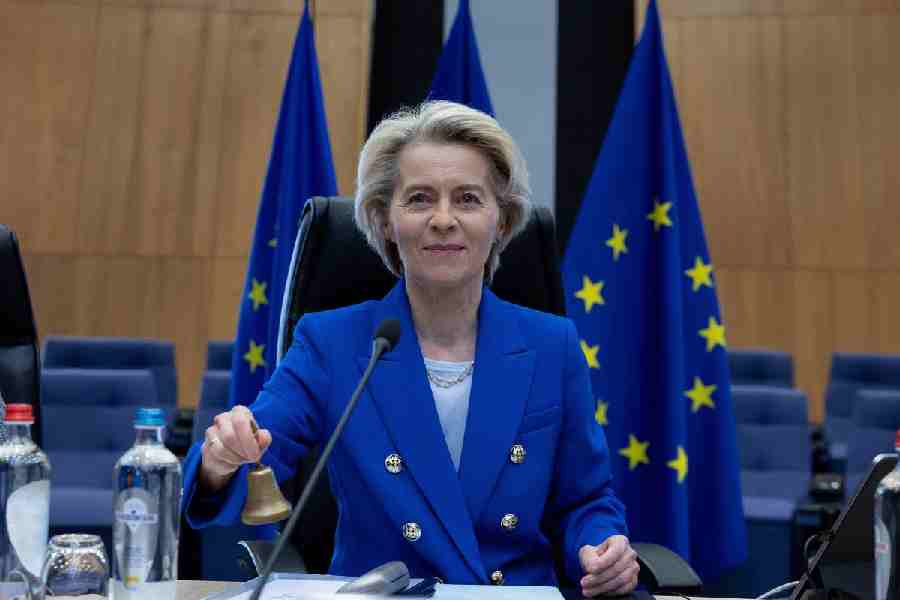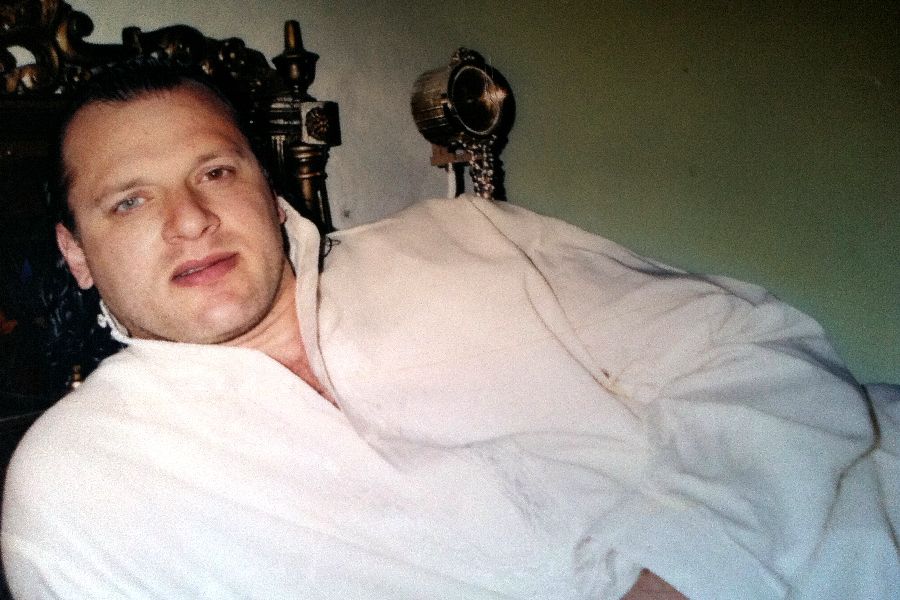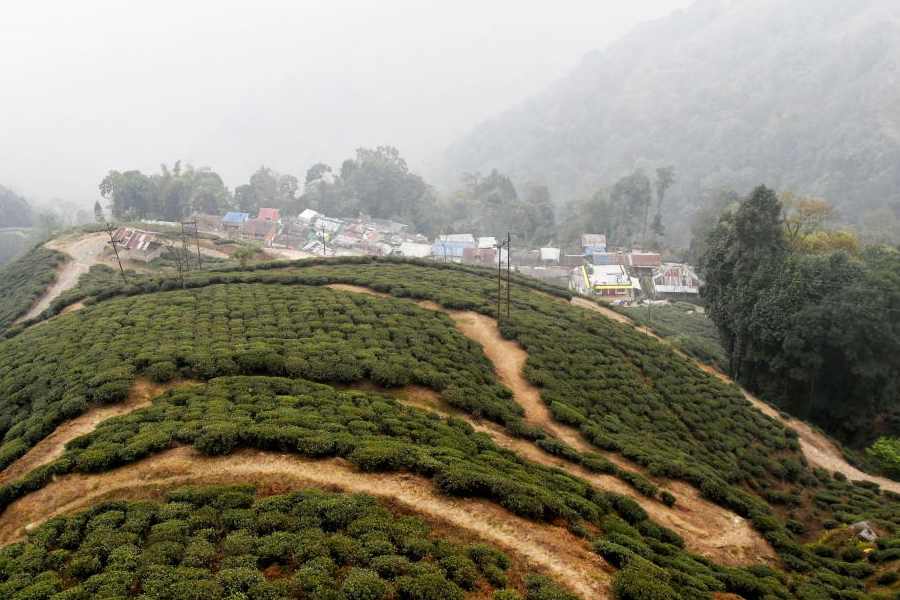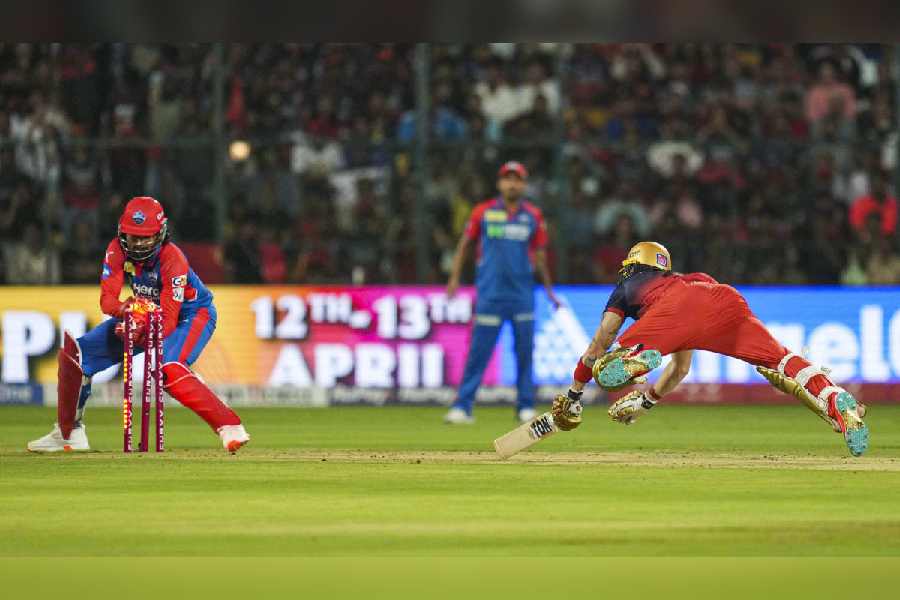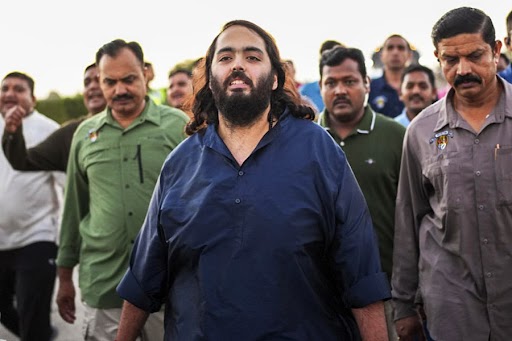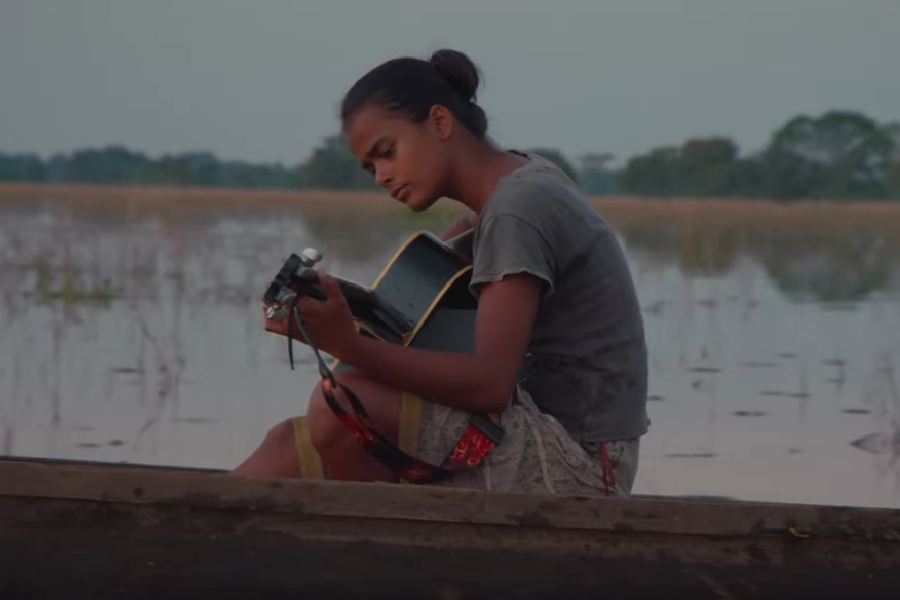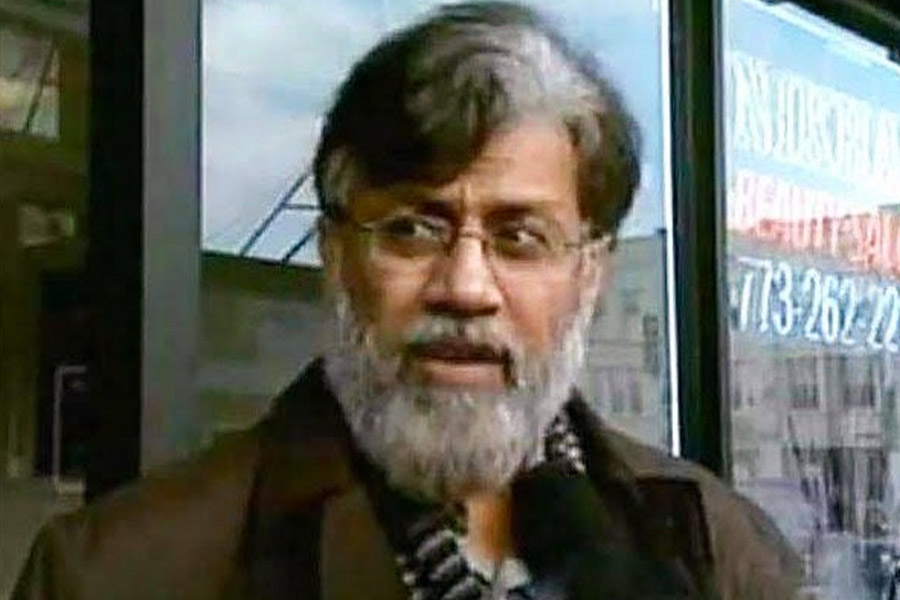 |
Last month I had gone to Calcutta for the Panchanan Chakraborty centenary seminar. For me it was basically sentimental time-travel, back to the MA economics (group A) class of 1948-49. The professor was taking us that year through General Theory — the name we gave to the magnum opus of John Maynard Keynes, The General Theory of Employment, Interest and Money — the term ‘macroeconomics’ had not come into vogue yet. I should perhaps add, General Theory was such an eloquently written and deceptively simple book that it went straight over the heads of many, if not most, of the accomplished economists of his time. Commentaries continued to multiply, some helpful, others not, in books and learned journals for decades and thereby determined the agenda of macroeconomics (some called it the New Economics) for a long time. It is only in the recent decades that interest in Keynes has faded; even to the extent that the moderns now teach macroeconomics in the best universities along altogether different lines. Whether that has been all to the good can however be decided only by history.
In any case, this being Panchanan Chakraborty’s centenary year, I may be permitted to dwell a bit on what the professor taught us about Keynes. But, let me first deal with an altogether tangential thought that kept playing on my mind as I listened to his many students (some of them mine too) at the seminar at Institute of Development Studies, Kolkata. Maybe I am imagining things, but were there more Bengali intellectuals per capita born in the two decades — the last of the 19th century and the first of the 20th — that were worth remembering after a hundred years than in any earlier 20-year period in Bengal’s history? Or have we perhaps at last come to terms with being a less self-forgetting people? The fact does stand out that we have celebrated more centenaries of talented Bengalis — some great figures in their own lifetimes but others fondly remembered as great by only a few co-workers and students whose writings and recollections recorded how these men and women changed their ways of thinking often imperceptively.
These backroom greats were of many kinds: scientists and poets, historians and social scientists, plain teachers. But there was one common trait almost always present: they were recognized as brilliant by their classmates and their juniors at a very early age, almost when they were twenty.
Of some of these characters I once did try to make a list. But that was soon turning to be so incomplete and personal that I did not persist — it would have been too invidious to be placed before you in any case. But if anybody made such a list, I am confident Panchanan Chakraborty’s name would belong to it by general acclaim of the students he taught. Also by that of his contemporaries, I can vouch, if they were alive today.
One day, many years ago I had gone for a visit to the house of one of them. He knew I read economics with Panchanan Chakraborty. At one point he excused himself as he rose and smilingly brought out a faded old group photograph for me. It was a group of 20 fresh graduates, mostly Presidency College.
The shot, he said, was taken around 1928-29. Twenty happy bright and eager young faces stared out, all with the mandatory smile but each smile a little different from the others. The background was not quite clear, but it was not a studio. My host said it was a railway platform at Howrah Station where some of them had gathered to see off the others — a fair number of students from Calcutta who got into the ICS that year and several who were also going abroad to become scientists and engineers and, I think, two were going to Oxford. I looked at those young faces with a strange feeling of tenderness of the elderly for the young, forgetting I myself would have been at that time a new-born baby or perhaps not yet born. The group had thought up an interesting name too for themselves. “We are Twenty!” proudly proclaimed the header of the picture. Most of them were indeed 20 — so a good pun there. With almost a pang of joy I realized they all looked beautiful in that picture, being similarly and simply dressed — coming from such different backgrounds, such widely different parental incomes. I could recognize a few, knew several more by name. Then my host pointed to one of them and said, “This was our brightest, Panchanan Chakraborty. I don’t hear of him much. How do you find him?” When I told him how, he was happy, not the least surprised.
That Panchananbabu had been unknown to the rest of the world was nobody’s fault. He wrote practically very little, only conversed incessantly with his students. No wonder Calcutta University kept him at the level of lecturer all of those wonderful years he taught there. His class was always full. The other classes taken by the professors and readers were not so and there were some hilarious goings-on.
I remember how very thrilling it had been to hear from him that you had actually to read an author in the first place to get a sense of what he was saying, even if it was the most difficult book the author had ever written. I may add this about those times: we had already abandoned the strong tradition that once bound all serious students, at least in the humanities, to the practice of reading the original texts first, commentaries afterwards, suspected notebooks and guides — never.
What did he try to teach us in macroeconomics? I had found out for myself that Panchananbabu always was in two minds about Keynes: in class he was the expositor, in conversation, with at least some of us, he was despondent about the efficacy of the Keynesian solution. In this he did not think necessarily of the emptiness of the Keynesian “full employment through digging holes and filling them up again” solution that Joan Robinson was to describe later as part of the second crisis of employment theory. The first crisis, of course, was the one that Keynes did try and sort out — the crisis of not knowing what determined levels of employment in capitalist economies.
Panchananbabu often talked of two different chinks in the Keynesian armour. One was inherited right from Adam Smith’s time: economists did not distinguish between bad goods and good goods, between poison, food and medicine. This, he suspected would lead to macroeconomics prescribing socially unacceptable solutions too often. The implications I don’t think were very clear then in the economist’s mind, though A.C. Pigou was always raising the question of social costs almost since the days of his master Alfred Marshall. But the most Keynesian of the Keynesian chinks in the armour came not from the treatment of employment, Panchananbabu seemed to think. It came rather from the vision of the “state of expectations” in the marketplace that inexorably linked the gambling sprees of bears and bulls in the stock exchanges, dealing in money and shares, to the production for profit in the “real” markets, dealing in goods.
Panchananbabu had lived through the Great Depression. He tried sometimes to think up a macro-system of protecting the production of goods for profit by Adam Smith’s bakers, butchers and other real persons from the turbulence of the money market ensuring cheap credit for them all the time. But that would perhaps sound just a childish idea or idle talk today.


